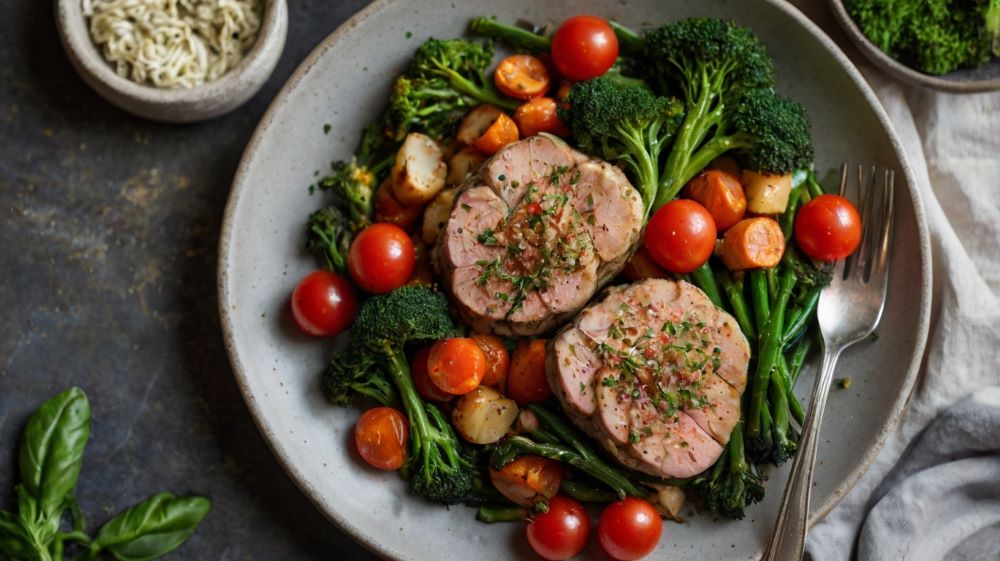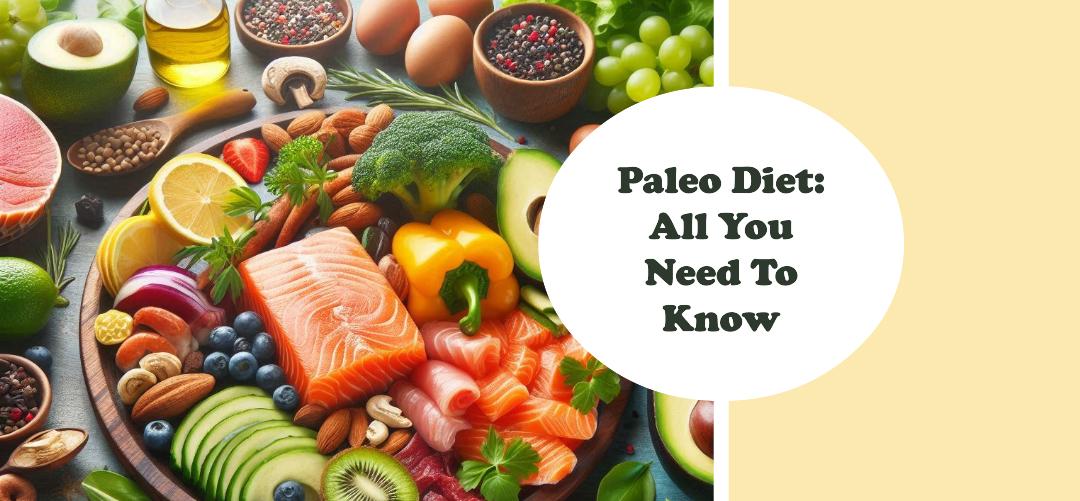Can You Eat Beans on the Paleo Diet? Unveiling Myths!
The Paleo diet has gained immense popularity in recent years. It is based on the idea of eating foods that were available to our ancestors during the Paleolithic era. The diet primarily consists of lean meats, fish, fruits, vegetables, nuts, and seeds. However, one food group that is often a topic of debate among followers of the Paleo diet is beans.
The Paleo Diet: A Brief Overview
The Paleo diet, also known as the Caveman diet or Stone Age diet, is designed to mimic the eating habits of our Paleolithic ancestors. The idea behind this diet is that our bodies are not well-adapted to the modern processed foods that have become a staple in our diets. By eating the way our ancestors did, proponents of the Paleo diet believe that we can improve our health and well-being.
The diet encourages the consumption of lean meats, fish, fruits, vegetables, nuts, and seeds while eliminating foods that were not available during the Paleolithic era. This means excluding grains, dairy products, processed foods, and legumes, among others.
Are Beans Paleo-Friendly?
Beans, including black beans, kidney beans, pinto beans, and chickpeas, are a staple in many diets worldwide. They are a good source of protein, fiber, and various vitamins and minerals. However, beans are not considered Paleo-friendly due to several reasons.
1. Legumes And Anti-nutrients
Legumes, including beans, contain compounds known as anti-nutrients. These compounds can interfere with nutrient absorption in the body. One such anti-nutrient found in beans is phytic acid, which can bind to minerals like iron, zinc, and calcium and reduce their bioavailability.
While cooking can help reduce the levels of anti-nutrients in beans, they still contain a considerable amount. Paleo diet advocates argue that our ancestors did not have access to cooking methods that could effectively eliminate these anti-nutrients. Therefore, they believe that beans should be avoided on the Paleo diet.
2. Lectins And Digestive Issues
Another reason beans are not considered Paleo-friendly is their lectin content. Lectins are proteins found in many plant foods, including legumes. They can cause digestive issues, such as bloating, gas, and discomfort, in some individuals.
While cooking can help reduce lectin levels in beans, it may not eliminate them entirely. Some individuals may still experience digestive issues even after cooking beans thoroughly. This is another reason why beans are excluded from the Paleo diet.
3. Evolutionary Perspective
From an evolutionary perspective, some argue that our ancestors did not consume beans or legumes in large quantities. It is believed that the cultivation of legumes only began around 10,000 years ago, long after the Paleolithic era.
Proponents of the Paleo diet believe that our bodies have not evolved enough to efficiently process and digest legumes. They argue that our ancestors primarily relied on animal protein and plant foods that were available during the Paleolithic era, such as fruits, vegetables, nuts, and seeds.
Alternatives to Beans on the Paleo Diet
If you are following the Paleo diet and looking for alternatives to beans, there are several options available. Here are some Paleo-friendly substitutes:
1. Sweet Potatoes
Sweet potatoes are a nutrient-dense root vegetable that can be used as a substitute for beans. They are rich in fiber, vitamins, and minerals. Sweet potatoes can be prepared in various ways, such as roasting, baking, or mashing, making them a versatile option for Paleo dieters.
2. Cauliflower Rice
Cauliflower rice has gained popularity as a low-carb alternative to grains. It is made by finely chopping cauliflower into rice-sized pieces. Cauliflower rice can be used as a base for stir-fries, salads, or even as a substitute for traditional rice dishes.
3. Zucchini Noodles
Zucchini noodles, also known as zoodles, are a great substitute for pasta. They can be made using a spiralizer or a vegetable peeler. Zucchini noodles can be topped with a variety of sauces and toppings, making them a satisfying and nutritious option.
4. Coconut Aminos
Coconut aminos are a Paleo-friendly alternative to soy sauce. They are made from the sap of coconut blossoms and have a similar flavor to soy sauce. Coconut aminos can be used in stir-fries, marinades, and dressings.
5. Nut Butter
Nut butter, such as almond or cashew butter, can be a tasty and nutritious substitute for legume-based spreads like peanut butter. Nut butter can be used as a spread, added to smoothies, or used as a dip for fruits and vegetables.
Frequently Asked Questions
Can Beans Be Consumed On The Paleo Diet?
Yes, beans are not considered Paleo-friendly due to their high lectin content.
Why Are Beans Not Recommended On The Paleo Diet?
Beans contain lectins, which can cause digestive issues and inflammation in some people.
What Are The Alternatives To Beans On The Paleo Diet?
Opt for legumes such as lentils, chickpeas, and peas as bean alternatives.
How Do Lectins In Beans Affect The Body?
Lectins can cause gut irritation and may interfere with nutrient absorption.
Conclusion
While beans are a nutritious and versatile food, they are not considered Paleo-friendly due to their anti-nutrient and lectin content. The Paleo diet encourages the consumption of foods that were available during the Paleolithic era, and beans do not fit into this category. However, there are plenty of alternatives available for those following the Paleo diet, such as sweet potatoes, cauliflower rice, zucchini noodles, coconut aminos, and nut butter. It’s important to remember that the Paleo diet is not a one-size-fits-all approach, and individual needs and preferences may vary. Consulting with a healthcare professional or registered dietitian can help you determine the best dietary approach for your specific goals and needs.





